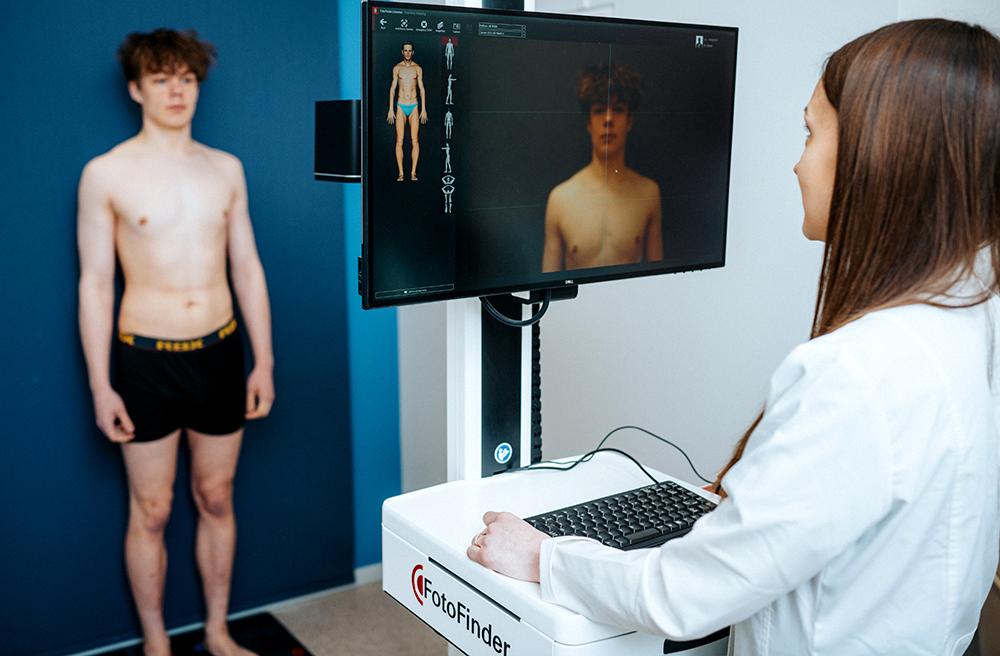Optical and digital dermatoscopy of skin neoplasms
Skin lesions can be present in humans from birth and change in number and type throughout life, especially at different stages of life - puberty, pregnancy, breastfeeding, middle age. Specialists distinguish between three groups of formations. The broadest group is benign skin lesions, which in most cases do not pose a threat to health or life, but can be aesthetically distressing. The second group is malignant skin lesions, which include melanoma, carcinoma and other types of tumours that carry a higher risk to health and life. The third group is those that are at risk between malignant and benign lesions. These lesions should not be overlooked as they have a tendency to become malignant over time.
Benign lesions of the skin:
- nevi (the so-called "birthmarks");
- angiomas;
- haemangiomas;
- papillomas;
- warts;
- lipomas;
- cysts;
- dermatofibromas;
- atheroma.
Malignant neoplasms of the skin:
- melanoma;
- basalioma - basal cell carcinoma;
- squamous cell carcinoma;
- keratoacanthoma etc..
Optical and digital dermatoscopy of skin neoplasms
Dermatoscopy is the primary diagnostic method for skin and skin formations, which helps the doctor to assess the structures of the formations under multiple magnification. This allows the nature of moles and other formations (benign or malignant) to be determined and the most appropriate treatment to be chosen.
Skin neoplasm diagnosis with FotoFinder

FotoFinder is a diagnostic skin imaging system that can detect the risk of malignancy, non-melanoma skin cancers and pre-cancerous lesions. FotoFinder is also designed to diagnose hair lesions (TrichoLAB) and assess psoriasis.
Creating a Birthmarks Map (FotoFinder)
Birthmark mapping is a whole-body dermoscopy with photo and video dermoscopy. The examination results in a "skin passport", which contains detailed information on the skin condition of the face, body, hands and feet. The PhotoFinder's automatic comparison function helps to track skin changes and detect and identify malignant skin formations as quickly as possible.
FotoFinder skin formations’ screening is recommended if:
- a high number of atypical (larger in diameter with uneven pigmentation) moles;
- have more than 50 moles on your body;
- skin exposed to intense UV radiation, including visits to a solarium;
- you have had sunburns during your life, especially as a child;
- there is a family and/or personal history of malignant skin lesions.
Skin biopsy
In cases where dermatoscopy is not sufficient and the nature of the skin lesion is unknown, a skin biopsy is performed - an invasive sample is taken for analysis. The sample is then subjected to laboratory tests to establish the exact diagnosis.
Microscopic examination and imprinting of skin, nails, hair fungi
Fungal infection is the most common nail disease. As the process is usually painless and more aesthetically disturbing, this disease is often neglected and left untreated.
